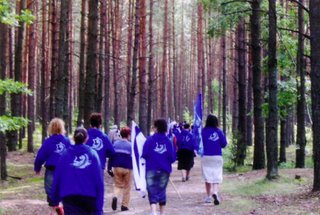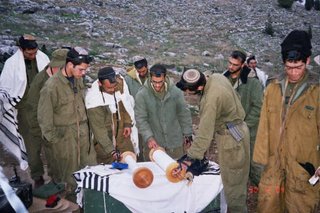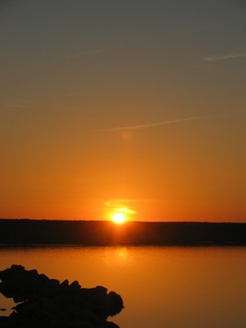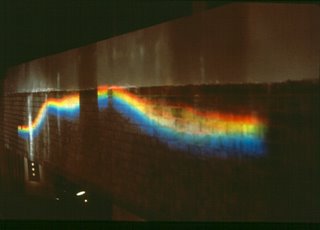God is a Verb
God is no thing. God is no thing – nothing in the process of becoming everything. You can discern God over time, in the flow, in the action, in the process of something becoming something else. The primary biblical divine name
YHVH should be translated as “Is-Was-Will Be.” It is a verb associated with the attribute of inner beauty (
tiferet). When beauty hidden in the mundane suddenly jumps out at you, catch the action in a series of photographs of Is-Was-Will Be. Don’t snap a still-life,
nature morte (dead life in French), photograph living processes like comic strip or storyboard sequences.
Photographing KUZU
KUZU is
YHVH in motion. The biblical passage beginning with “Hear, O Israel,
YHVH is our God,
YHVH is One,” is written by a scribe on small parchment scrolls affixed to doorposts in Jewish homes. These mini-Torahs called
mezuzot, a word derived from the root
zaz, which means to move. Each scroll is rolled up with the biblical text on the inside. On the outside of the scroll at the place on the reverse side of where
YHVH is written, the scribe writes
KUZU.
KUZU moves
YHVH one letter forward. It is spelled with each of the letters that follow
YHVH in the Hebrew alphabet. It is if we were to write GOD as HPE, H being the letter following G, P the letter following O, and E the letter following D. In addition to moving each of the letters in
YHVH forward,
KUZU is written upside-down to invite us to see God as a dynamic process from multiple viewpoints. Photograph
KUZU.

 Dalia Sharvit sees success/netzach as the victory of good over evil and eternal love of the Jewish people for its Torah. As a participant, she photographed the "March of the Living" to Nazi death camps in Poland to never forget the horrible nightmare and unimaginable suffering of millions of Jews murdered there. On her return home to Israel, she photographed strength/gevurah showing her brave peers defending their country against its current enemies seeking to destroy it while beginning their dangerous day in praise of Hashem and in chanting the eternal words of the Torah.
Dalia Sharvit sees success/netzach as the victory of good over evil and eternal love of the Jewish people for its Torah. As a participant, she photographed the "March of the Living" to Nazi death camps in Poland to never forget the horrible nightmare and unimaginable suffering of millions of Jews murdered there. On her return home to Israel, she photographed strength/gevurah showing her brave peers defending their country against its current enemies seeking to destroy it while beginning their dangerous day in praise of Hashem and in chanting the eternal words of the Torah.










